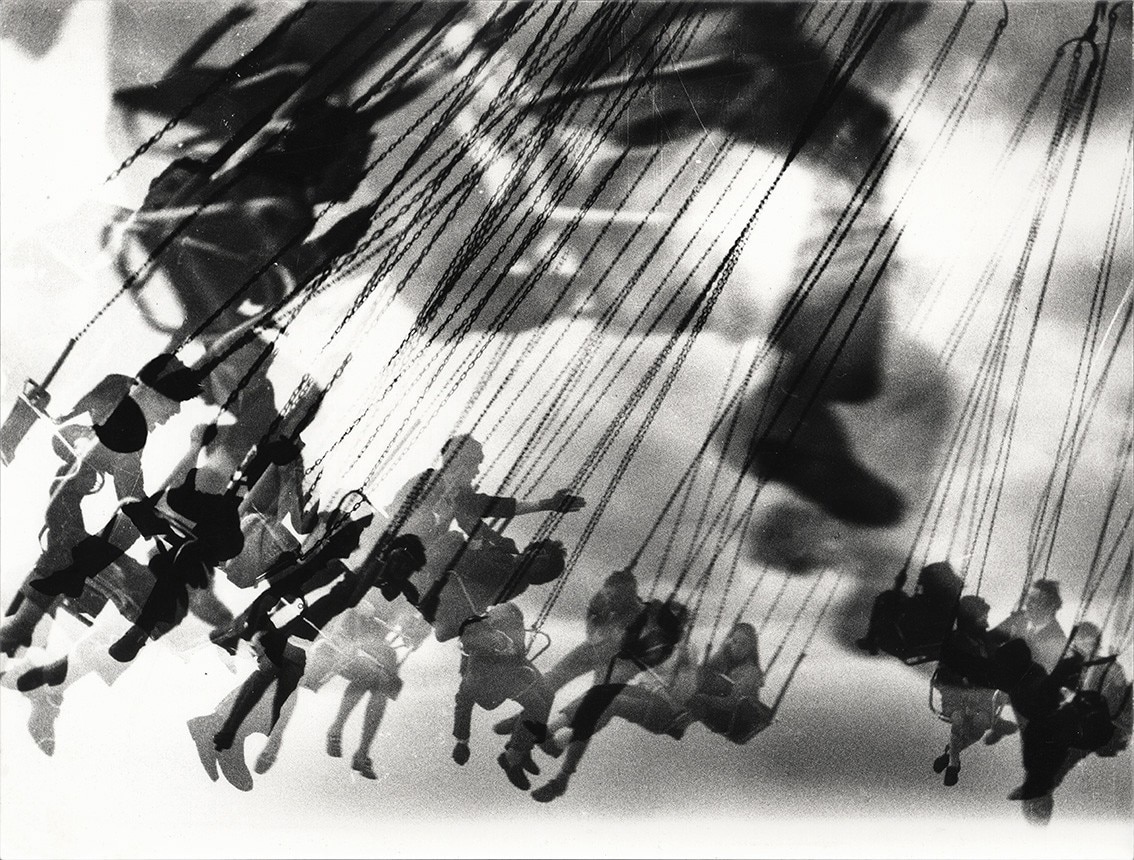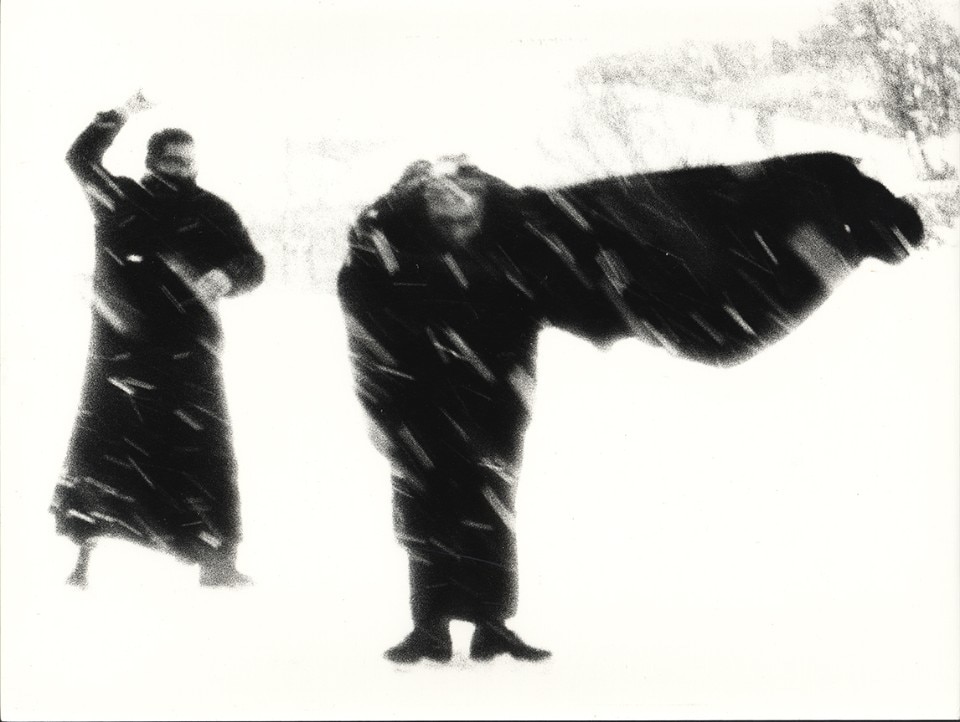In the three quarters of a century within which Mario Giacomelli's life is inscribed, there was room for all his souls. The photographer coexisted — indeed, coincided — with the performer, the painter, the poet, the storyteller. Equally distant from objectivity and sentimentality, his shots remain today lucid testimonies of a mind that dreamed while never detaching itself from the land it inhabited, in a balancing dance between concrete and abstract.
The father of a body of work “that feeds on its own movement,” Giacomelli has never settled into the finitude of the artwork complete in itself. On the contrary, his photographs have continued to speak to each other over the decades, and his endless corpus has thus chosen to resemble the natural flow of the world, the cyclical nature of processes that always transform and never define.
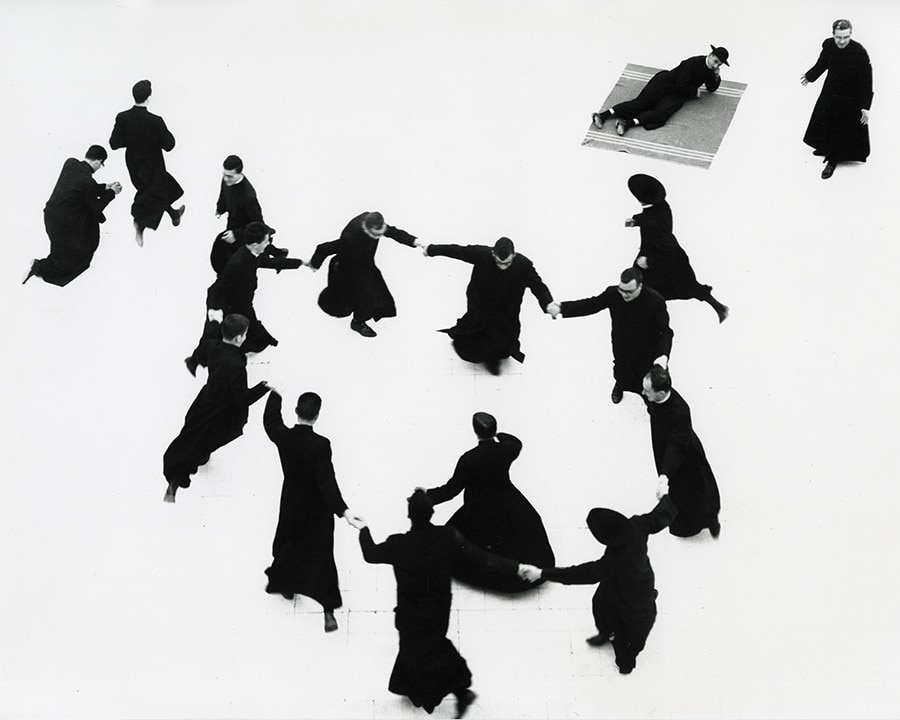
One hundred years after his birth (and twenty-five after his death), two major retrospectives curated by Bartolomeo Pietromarchi and Katiuscia Biondi Giacomelli — “The Photographer and the Artist” at Palazzo delle Esposizioni and “The Photographer and the Poet” at Palazzo Reale in Milan — pay tribute to the master by analyzing two different facets of his work.
If the Rome exhibition recounts his closeness to the visual arts through a direct confrontation with five greats of the 20th century — Alberto Burri, Afro Basaldella, Jannis Kounellis, Enzo Cucchi, Roger Ballen —, in Milan the focus is Giacomelli's relationship with poetry, a great declared passion attested to by many titles of photographic series, renamed with famous Italian and foreign verses.
The photographer and the poet, Palazzo Reale, Milan
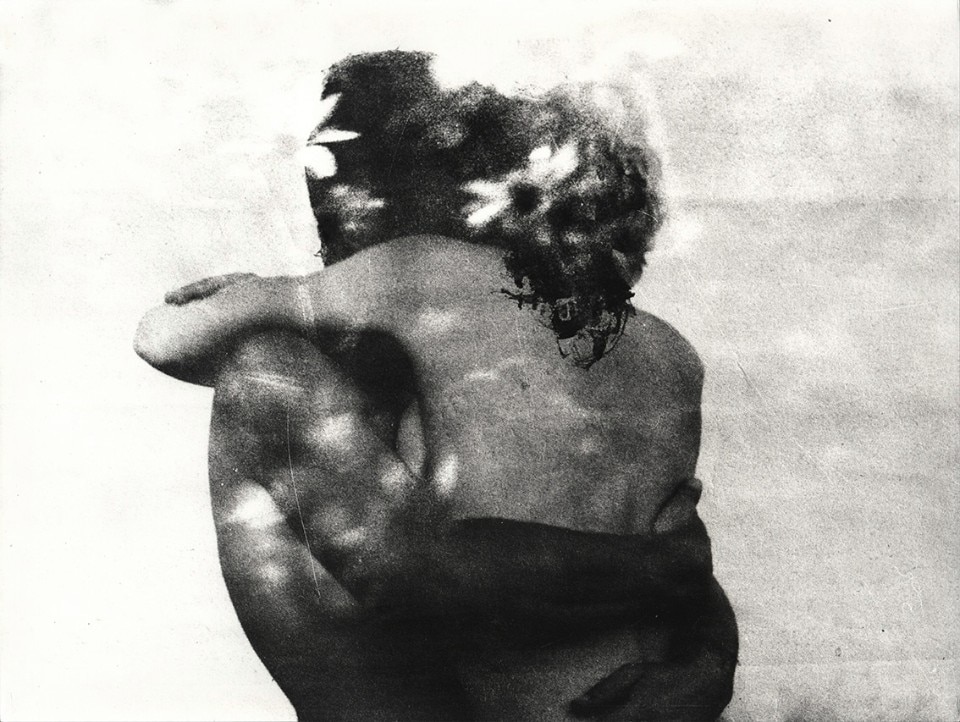
In the series L'infinito the trees are electric discharges and their shadows on the grass draw maps and roads that embrace each other; in Bando, a series inspired by the poetry of Sergio Corazzini, tangles of black lines are tantrums on a white background in the sign of the most radical abstraction.
“We should have known that love burns life and makes time fly,” reads Vincenzo Cardarelli's Passato, and the photographer immortalizes two swings suspended in the air, faces from other dimensions, in an inexhaustible reminiscence, a torment of memories and sensations that cannot be explained unless experienced on the skin.
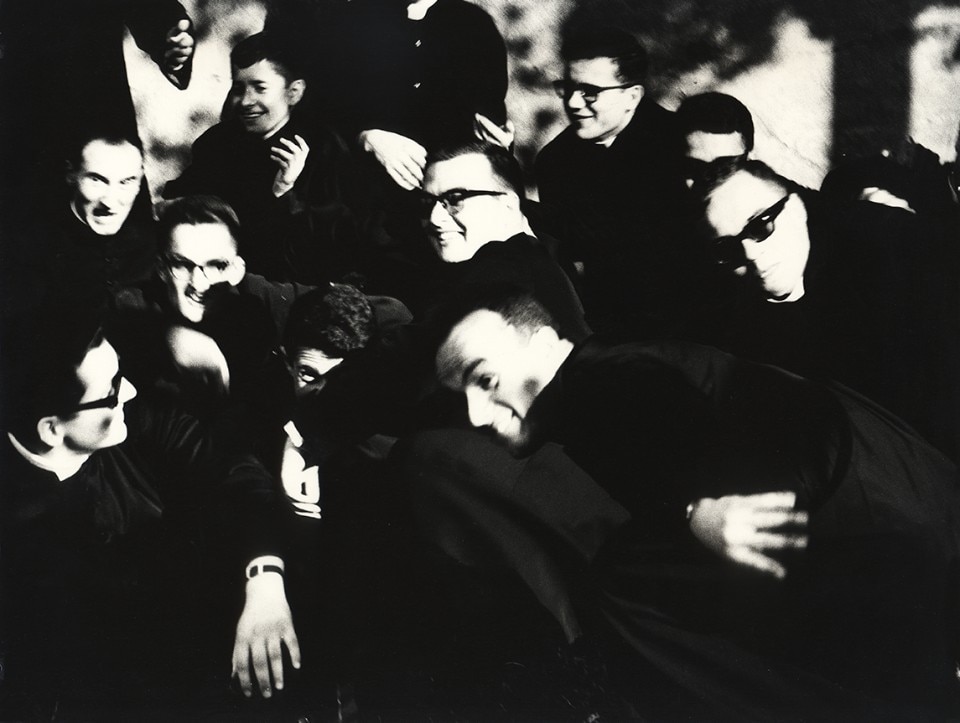
Passing through the series Per poesie, a reservoir of almost entirely unpublished images that the artist has allowed to rise for years inside boxes now finally opened, at Palazzo Reale the exhibition insists on the viscerality of the link with poetic verse, which for Giacomelli is not simply artistic inspiration, but the driving force and foundation of his research. A viscerality that culminates in his collaboration with poet Francesco Permunian, which resulted in the series Il teatro della neve and Ho la testa piena, mamma: “This is perhaps the moment of greatest closeness between Giacomelli and poetry,” Pietromarchi explained us.
The Photographer and the Artist, Palazzo delle Esposizioni
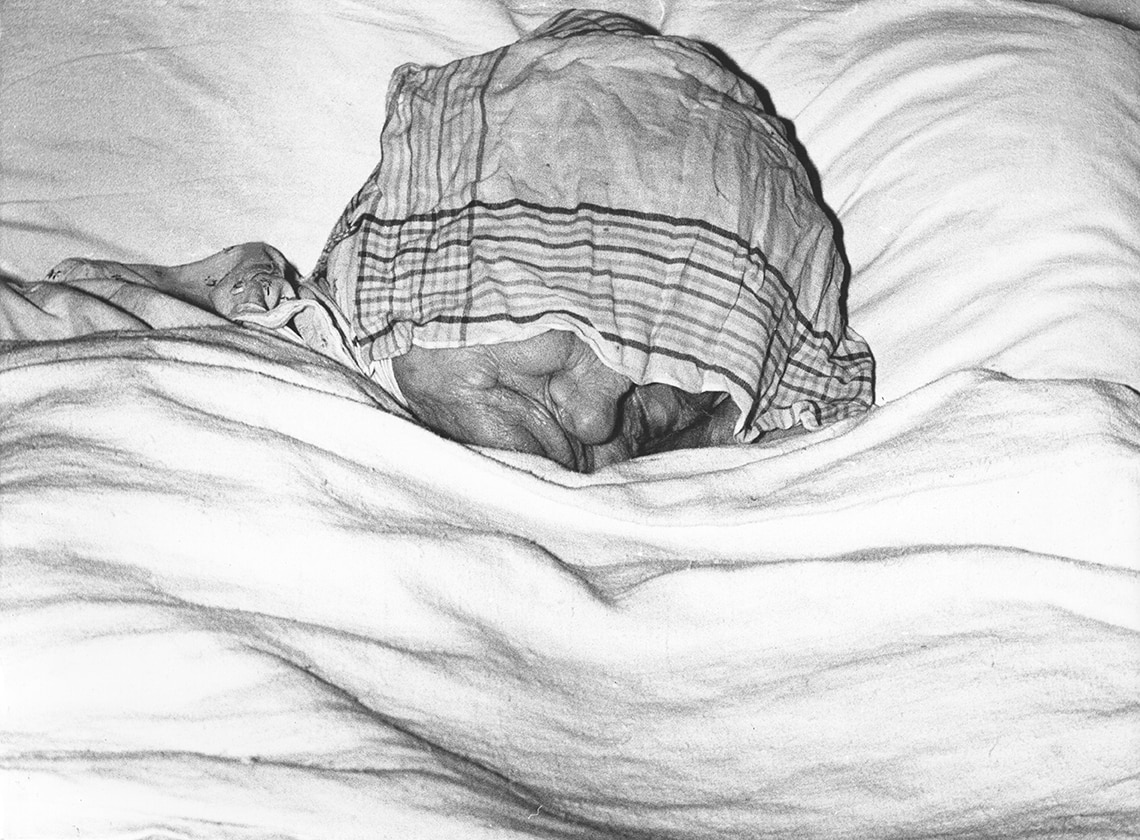
The master from Marche discovered painting very early, in the 1950s, and cultivated it throughout his life, producing numerous “experiments” visible in the exhibition.
But it is through photography that the pictorial dimension — aniconic, abstract, material — is investigated and made his own. In post-production, the artist discovers the vitality of the photographic medium; the alchemical processes in the darkroom allow him to go beyond the shot and develop a fascination with process, matter and alteration. “Once you have taken the shot, you have done nothing: the real orgasm comes from the moment you choose the image, and the thing comes to life from that moment, it begins to breathe, and if you don't want it to die you have to develop it in a certain way” (Giacomelli, annotations on photography).
The juxtaposition of the five great names of the 20th century, through five rooms on the second floor of the Palace, thus highlights the dialogue Giacomelli established with his generation, proving himself capable of absorbing the most varied suggestions, from Arta Povera to Informal to exasperated abstraction. Bartolomeo Pietromarchi stresses this point: “The exhibitions are meant to show how he was actually very attentive to what was happening in the artistic research of his time, which he fed on but then transformed in an absolutely personal way.”
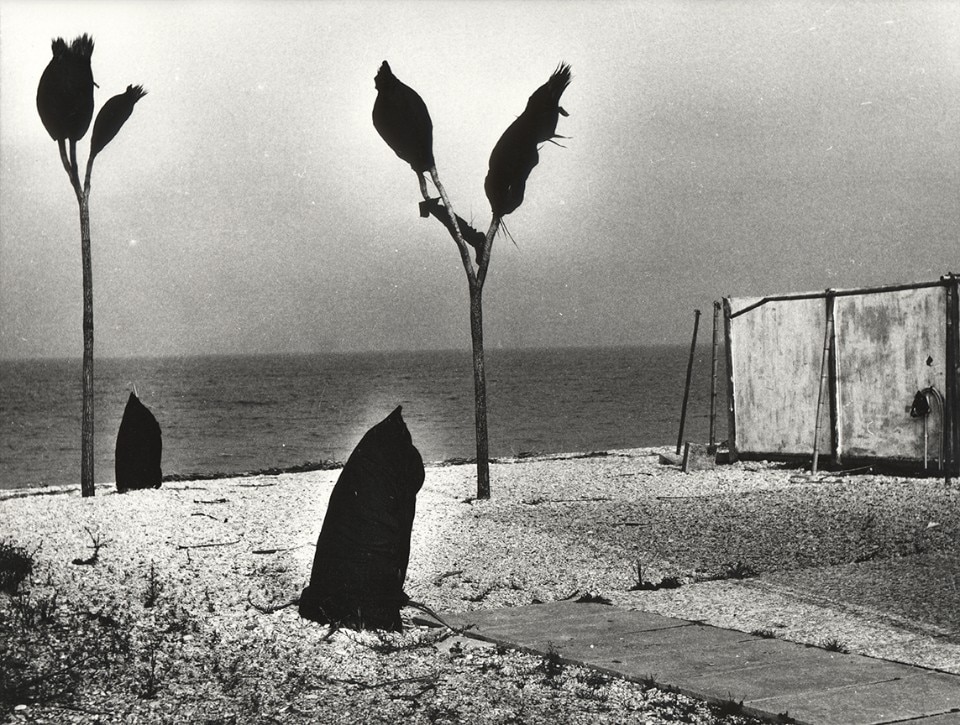
Special prominence is given, in the sixth and final room, to the series that in the 1960s consecrated the photographer from Senigallia to the international public: Io non ho mani che mi accarezzino il volto (also known as I pretini), inspired by the poetry of Father David Maria Turoldo, is presented through a setting up that emphasizes its rotary movement, indulging the performative component of Giacomelli's production.
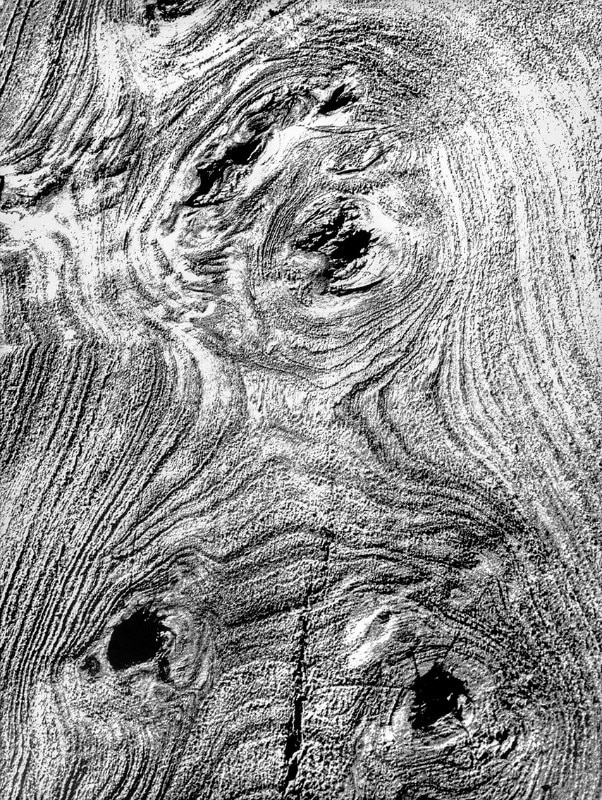
As the curator specifies, the two exhibition projects maintain their own autonomy when visited individually. On the other hand, it is the very nature of Giacomelli's photography to reject division into chapters, pursuing instead a principle of unity and wholeness. “To reason by chronology would have lost the sense of his work, which has always adopted the logic of using and reusing images. He was never interested in a chronological path, but in the expressive potential of the image,” Pietromarchi says.
Like people, Mario Giacomelli's photographs breathe, move, exist beyond their date of birth, establishing relationships and creating bonds. They are living organisms, recognizable only through the physiological transformations that life imposes, without asking permission.


